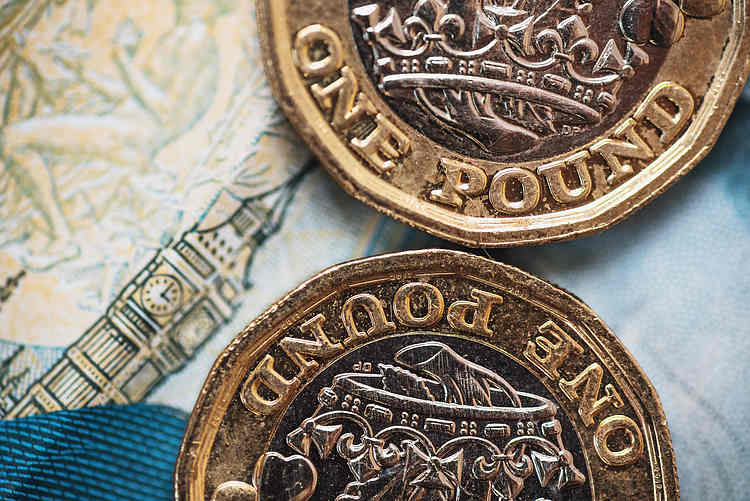The GBP/USD pair has been on a downward trend for two days in a row, following a pullback from a new one-year high of 1.3044. The UK retail sales data came in weaker than expected, putting pressure on the sterling and increasing speculation for a possible rate cut by the Bank of England in August. Currently, the chances of a rate cut in August stand at 44%.
The recent bearish movement has broken below the recent consolidation floor, generating an initial bearish signal. The extension below the rising 10-day moving average and a close below the Fibonacci 38.2% level may further validate this bearish signal and indicate a potential reversal in the trend. The formation of a bull-trap above the 1.30 barrier on the weekly chart also adds to the downside risk for the GBP/USD pair.
As the mood sours and risk sentiment deteriorates, GBP/USD continues to face selling pressure, falling towards the 1.2900 level. The US Dollar has benefited from the negative shift in risk sentiment, with Wall Street’s main indexes turning south and boosting demand for the greenback. The UK’s Office for National Statistics reported a 1.2% decline in retail sales for June, lower than analysts’ forecast of -0.4%, further weighing on the Pound Sterling.
In Elliott Wave technical analysis of the GBP/USD pair, the focus is on identifying and interpreting market movements within a corrective pattern. The current wave structure being observed is Orange Wave 2, indicating the market is in the second wave of an overall corrective pattern. Within this structure, the position is Navy Blue Wave 3, signaling the third wave of a smaller degree within the larger corrective pattern. This analysis provides insights into potential market movements based on Elliott Wave Theory.
In conclusion, the GBP/USD pair is facing downward pressure following a pullback from recent highs and weak UK retail sales data. Speculation for a rate cut by the Bank of England in August adds further bearish sentiment to the Pound Sterling. Technical analysis using Elliott Wave Theory suggests a corrective pattern in play, with potential for further downside movements. Traders and investors should closely monitor key support levels and market developments for potential opportunities in the GBP/USD pair.











